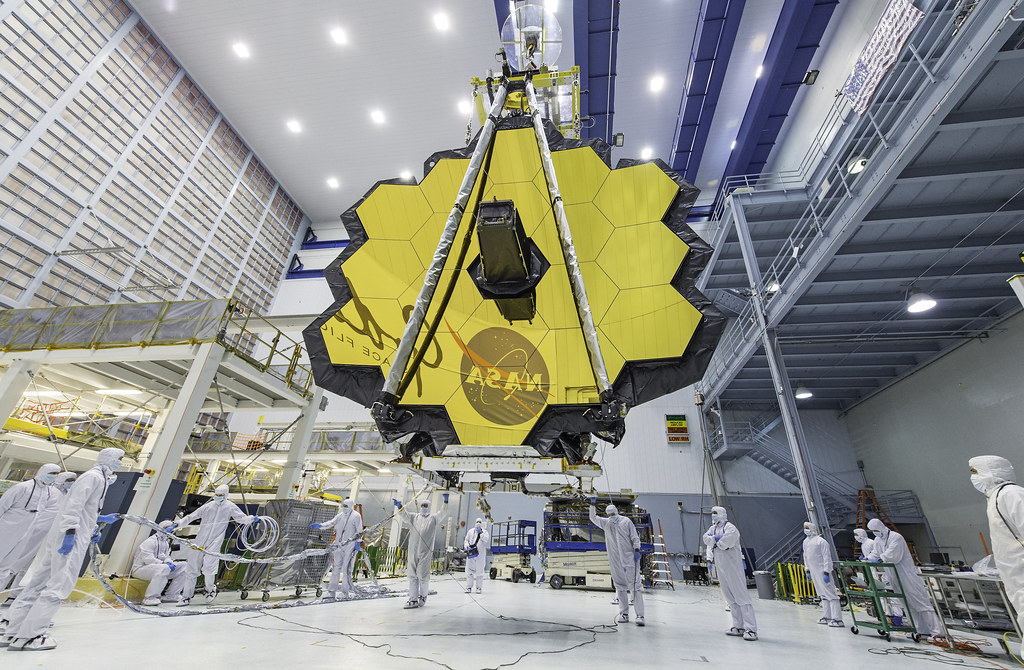Discovering Alien Worlds: Exoplanets
Hello Readers!! Today I am gonna Discovering Alien Worlds: Exoplanets with you
Let's Start:
Discovering Alien Worlds: Exoplanets
Unveiling the Mysteries of Alien Worlds: A Comprehensive Guide to Exoplanets
Introduction to Exoplanets
Exoplanets, also known as extrasolar planets, refer to planets that orbit stars outside of our solar system. These fascinating and mysterious worlds have captured the attention of astronomers and space enthusiasts alike, providing a glimpse into the vast diversity of planetary systems within our galaxy. The history of exoplanet discovery is a story of pioneering scientists utilizing innovative techniques to detect these elusive worlds. From the first confirmed exoplanet in 1992 to the thousands of exoplanets discovered today, the search for exoplanets has completely transformed our understanding of the cosmos.
Characteristics of Exoplanets
Types of Exoplanets
1. Hot Jupiters: Massive gas giants that orbit close to their host stars.
2. Super-Earths: Planets with a larger mass than Earth but smaller than Neptune.
3. Earth-like Exoplanets: Rocky planets with the potential for liquid water on their surfaces.
Atmospheres of Exoplanets
The atmospheres of exoplanets play a crucial role in determining their habitability and composition. Greenhouse effects, chemical compositions, and their impact on habitability are essential factors to consider when studying exoplanet atmospheres.
Habitability of Exoplanets
Habitable Zone
The habitable zone, commonly referred to as the Goldilocks zone, is the area surrounding a star where a planet can have the perfect conditions for liquid water to exist on its surface. There are various factors that determine habitability, such as distance from the host star, atmospheric conditions, and the composition of the planet.
Possibility of Life on Exoplanets
The quest for extraterrestrial life begins with studying exoplanets in the habitable zone. Scientists search for bio-signatures and evidence of extremophiles in extreme environments to determine the potential for life beyond Earth.
Future of Exoplanet Exploration
Next Generation Telescopes
1. James Webb Space Telescope: Set to launch in 2021, JWST will revolutionize exoplanet research with its advanced capabilities.
2. LUVOIR: The Large UV/Optical/Infrared Surveyor aims to study exoplanet atmospheres and search for signs of life.
3. WFIRST: The Wide Field Infrared Survey Telescope will continue the search for exoplanets and study their properties.
Missions to Study Exoplanets
1. TESS: The Transiting Exoplanet Survey Satellite is discovering new exoplanets around nearby stars.
2. CHEOPS: The Characterizing Exoplanet Satellite is studying known exoplanets to understand their composition and atmospheres.
3. PLATO: The PLAnetary Transits and Oscillations of Stars mission will search for Earth-like exoplanets in the habitable zone.
Exoplanet Research and Collaboration
International efforts, citizen science projects, and open-access data are essential for advancing exoplanet research. Collaborations across borders and disciplines are key to unlocking the mysteries of alien worlds.
Summary
Recap of Key Points
* Exoplanets are planets outside our solar system.
* Types of exoplanets include hot Jupiters, super-Earths, and Earth-like planets.
* Habitability depends on the planet's location in the habitable zone and atmospheric conditions.
* Next-generation telescopes and missions will further our understanding of exoplanets.
This comprehensive guide to exoplanets takes you on a journey through the fascinating world of alien worlds beyond our solar system. Discover the latest findings, explore the potential for habitability, and uncover the future of exoplanet exploration.





Post a Comment